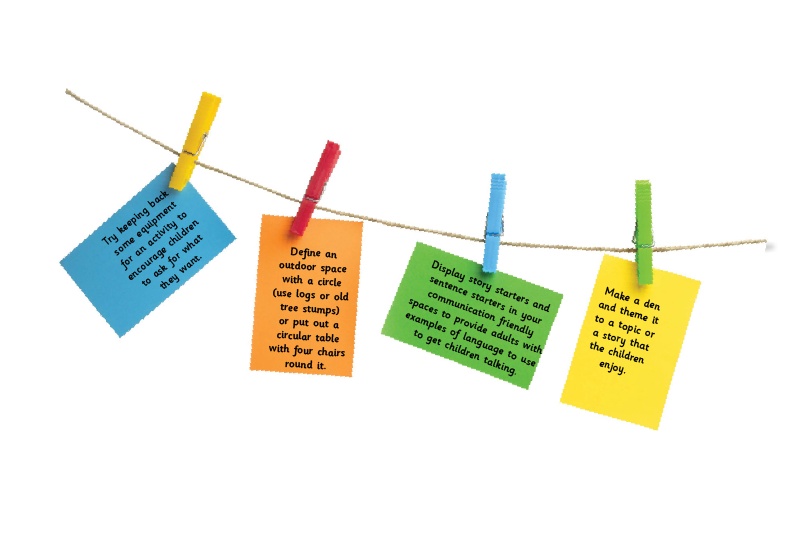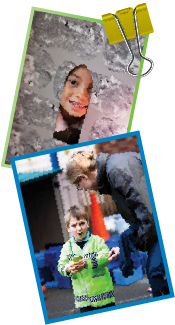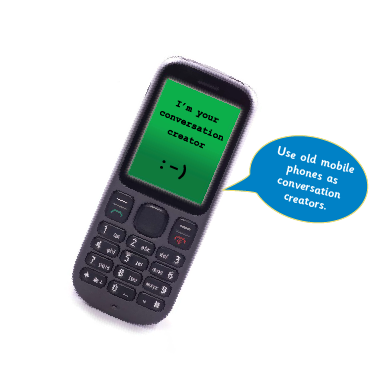Heather Stevens explores ways to maximise the classroom space to support language development.
If a stranger walked into your school what would be their first impression? How does your school welcome them? Perhaps their eye would be drawn to your displays? Where would they see children working together? How easy would it be for them to identify the places that encourage children to talk? The new National Curriculum recognises the need to improve oracy for all pupils. OFSTED’s recent survey, Removing Barriers to Literacy, reported that a common feature of the most successful schools was the attention they gave to developing speaking and listening. This also led to improved standards in writing.
Creating communication friendly spaces
Effective communication friendly spaces give children a reason to talk as well as offering a place in which to do it. The best spaces will have:
A level of intimacy – e.g. a den, tent, large cardboard box
Lower levels of background noise
Role play opportunities that encourage dialogue through sharing or co-operation, e.g. shops or work places, telephone conversations, gardening, etc.
Former Communication Champion, Jean Gross, highlights the importance of identifying places to talk throughout the school. She suggests carrying out an audit of your environment to identify areas that are hotspots for encouraging talking and those which need to be developed to make them more communication friendly.
Visit our website The Link Online to download your copy of The Link’s talk friendly environment audit to see where the best talking spaces are in your school.
Some things to try

Simple changes can make a big difference. Here are some suggestions…
- Try keeping back some equipment for an activity to encourage children to ask for what they want.
- Define an outdoor space with a circle (use logs or old tree stumps) or put out a circular table with four chairs round it.
- Display story starters and sentence starters in your communication friendly spaces to provide adults with examples of language to use to get children talking.
- Make a den and theme it to a topic or a story that the children enjoy.

The Elizabeth Jarman Trust has developed a tool-kit called “Communication Friendly Spaces” which focuses on ‘de-cluttering’ the learning environment to support children’s listening and speaking skills.
Visit http://www.elizabethjarmantraining. co.uk/ for more information on the Communication Friendly Spaces approach and to view the wide range of books and resources available.
Using the existing space to encourage communication
Sometimes it’s not about creating new spaces for talking but rather adapting existing spaces to give children a reason to talk and question. Wall displays around the school provide an excellent conversation starter for all pupils.
Communication friendly displays should:
Pose questions for pupils, e.g. what’s missing, why is this picture on the wall?
Link to targets in pupils’ work.
Use topic vocabulary.
Provide a consistent approach to colour coding or question formats, e.g. colour coded questions, use of symbols.
Encourage pupils to look beneath the surface, e.g. lift the flap.
Be placed at the right level for children to access them easily.
For some examples of communication friendly display boards visit Linda Hartley’s blog at http://classroomdisplays.org.uk. Watch out for our feature on creating interactive displays in a future issue of The Link.
Use old mobile phones as conversation creators.

References
Removing Barriers to Literacy available from www.ofsted.gov.uk Gross, J. (2013) A Time to Talk: Implementing outstanding practice in speech, language and communication. Routledge: Oxon
Please login to view this content
Login